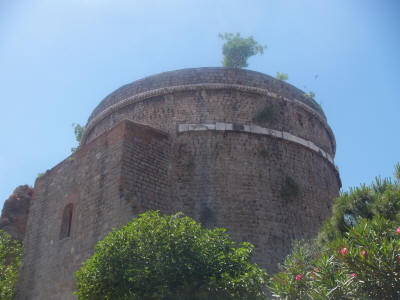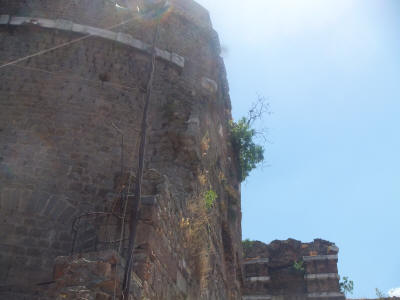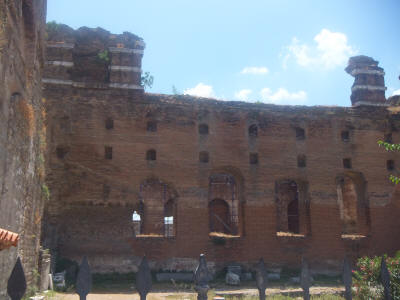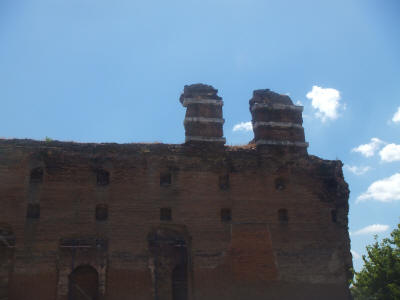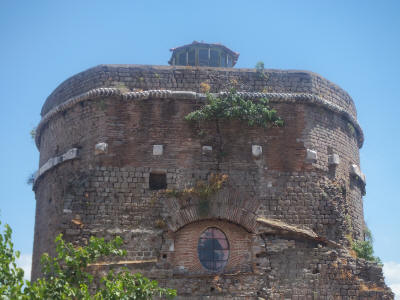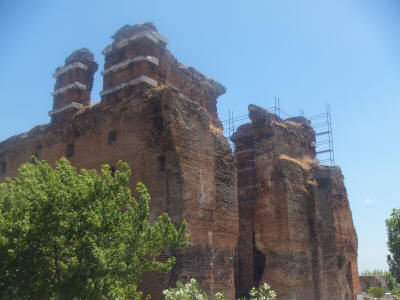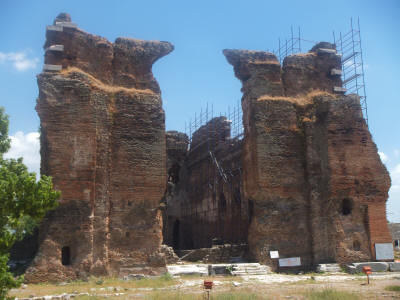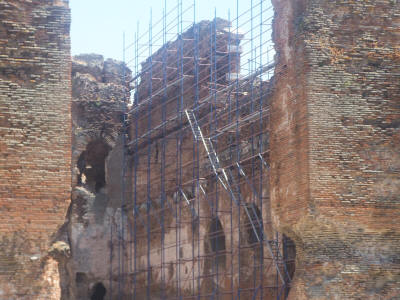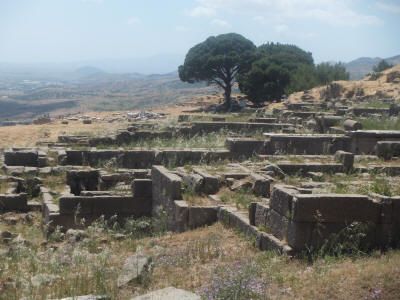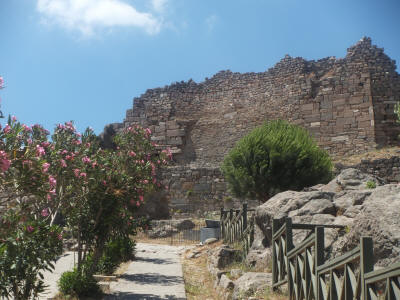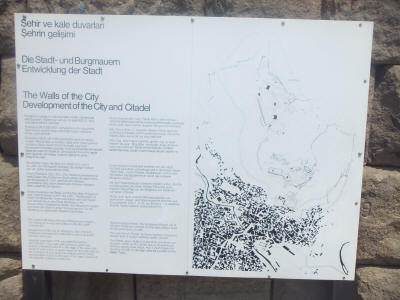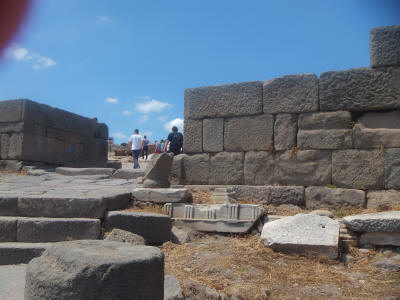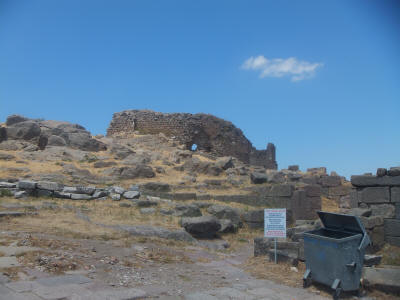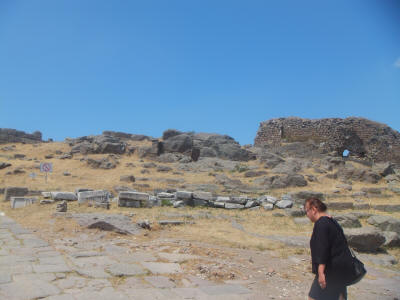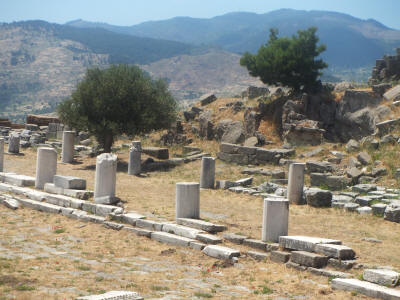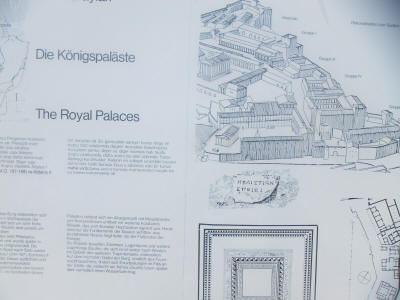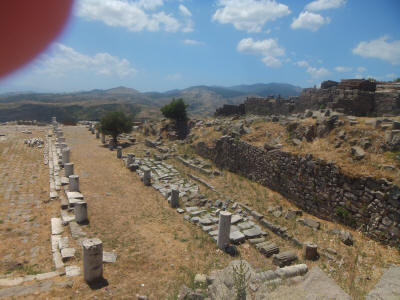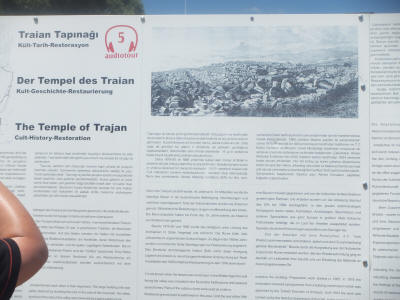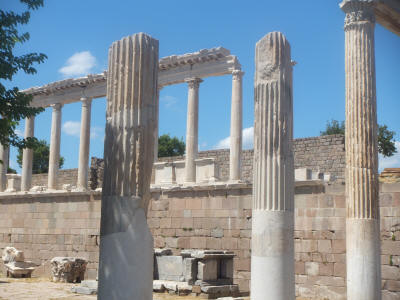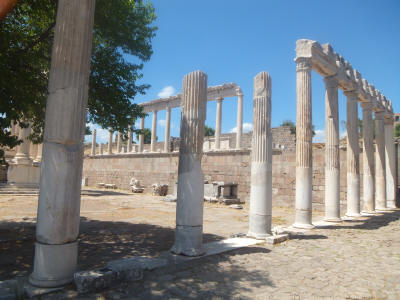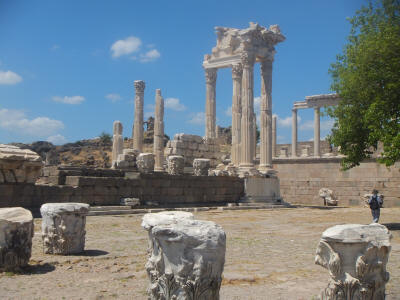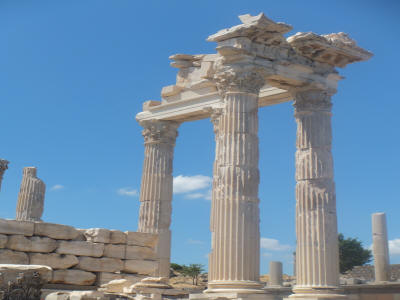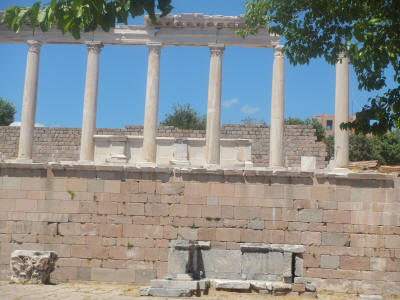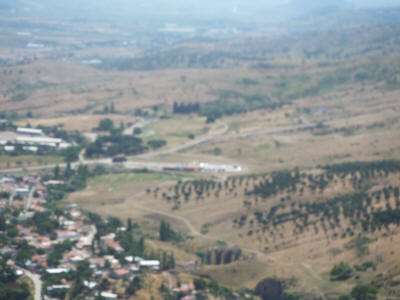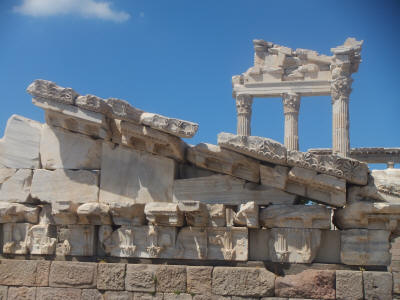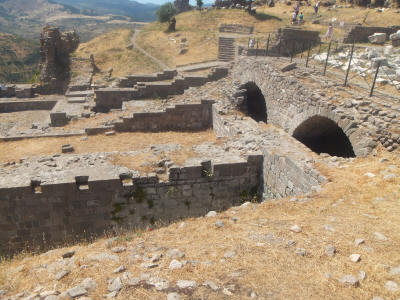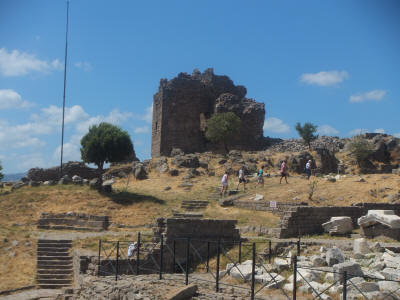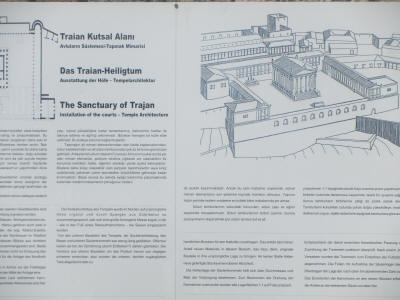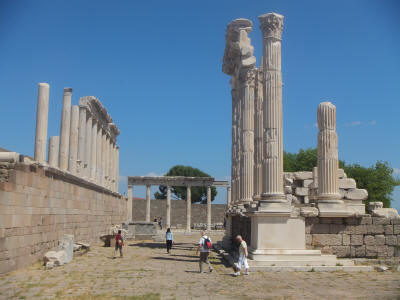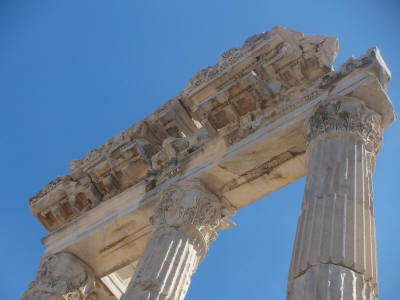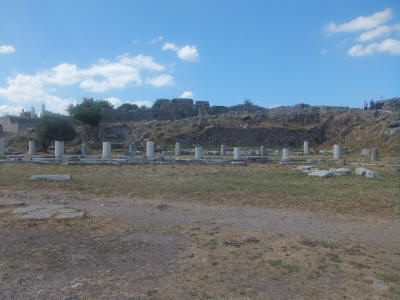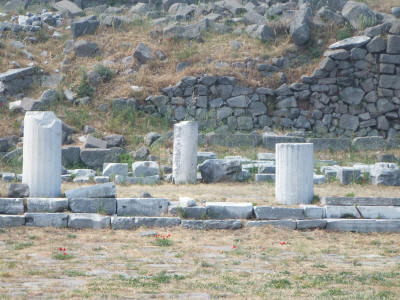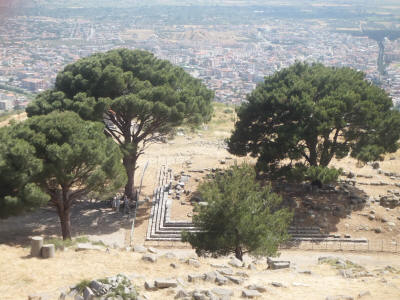
Alex Tang
Articles
- General
- Theology
- Paul
- Karl Barth
- Spiritual Formation
- Christian Education
- Spiritual Direction
- Spirituality
- Worship
- Church
- Parenting
- Medical
- Bioethics
- Books Reviews
- Videos
- Audios
- PhD dissertation
Spiritual writing
- e-Reflections
- Devotions
- The Abba Ah Beng Chronicles
- Bible Lands
- Conversations with my granddaughter
- Conversations with my grandson
- Poems
- Prayers
Nurturing/ Teaching Courses
- Sermons
- Beginning Christian Life Studies
- The Apostles' Creed
- Child Health and Nutrition
- Biomedical Ethics
- Spiritual Direction
- Spiritual Formation
- Spiritual formation communities
- Retreats
Engaging Culture
- Bioethics
- Glocalisation
- Books and Reading
- A Writing Life
- Star Trek
- Science Fiction
- Comics
- Movies
- Gaming
- Photography
- The End is Near
My Notebook
My blogs
- Spiritual Formation on the Run
- Random Musings from a Doctor's Chair
- Random Sermons from a Doctor's Chair
- Random Writings from a Doctor's Chair
- Random Spirituality from a Doctor's Chair
Books Recommendation
---------------------
Medical Students /Paediatric notes
Pergamum
Pergamun or modern Bergama was the third church to which Jesus Christ directed his personal letter.
REV 2:12 "To the angel of the church in Pergamum write:
These are the words of him who has the sharp, double-edged sword. 13 I know where you live--where Satan has his throne. Yet you remain true to my name. You did not renounce your faith in me, even in the days of Antipas, my faithful witness, who was put to death in your city--where Satan lives.
REV 2:14 Nevertheless, I have a few things against you: You have people there who hold to the teaching of Balaam, who taught Balak to entice the Israelites to sin by eating food sacrificed to idols and by committing sexual immorality. 15 Likewise you also have those who hold to the teaching of the Nicolaitans. 16 Repent therefore! Otherwise, I will soon come to you and will fight against them with the sword of my mouth.
REV 2:17 He who has an ear, let him hear what the Spirit says to the churches. To him who overcomes, I will give some of the hidden manna. I will also give him a white stone with a new name written on it, known only to him who receives it.
About seventy miles north of Smyrna and fifteen miles inland lay the magnificent city of Pergamum, with a citadel nearly thirteen hundred feet above the plain of the Caicus River and a major city at its base. It became an important city in the third century B.C.
Pergamum was a center of
- Learning and education. Along with Athens and Alexandria it became a major intellectual center. Eumenes II was directly responsible for popularizing writing sheets made from animal skins that became known as περγαμηνή (pergamenē), known today as “parchment” (tradition says it was invented there, but that has been disproven).
- Art and culture
- Political capital
- Commercial

source: http://duxfemina.wikispaces.com
- Religious. The city also became the leading religious center of Asia. Temples, altars, and shrines were dedicated to Zeus (king of the gods and known there as “savior-god” from the primary titles taken by the Attalid kings) The great altar to Zeus, forty feet high, depicting the victory of Attalus I over the Galatians and with a frieze around the base depicting the victory of the Hellenistic gods over the giants of the earth stood on a high terrace at the top of the mountain. Athena (goddess of victory and patron of the city), Dionysus (patron god of the dynasty, symbolized by a bull),
- Medical/healing. Asklepios (god of healing, symbolized by a serpent). A huge area of the city and a temple were dedicated to Asklepios and the healing arts. As a result Pergamum became a medical center as well as the Lourdes of its day. The most famous temple of Asclepius was at Epidaurus in north-eastern Peloponnese. Another famous healing temple (or asclepieion) was located on the island of Kos, where Hippocrates, the legendary "father of medicine", may have begun his career. Other asclepieia were situated in Trikala, Gortys (in Arcadia), and Pergamum in Asia.
- Emperor worship. In addition, Pergamum was the center of the imperial
cult in Asia. It was the first city to be allowed a temple to a living ruler
when in AD 29 Augustus allowed a temple to be erected to him. There was a
great deal of precedent for this. Attalus I called himself “savior,” and
Eumenes II labeled himself “savior” and “god.” A temple with royal priests
and priestesses was erected near the palace, and Pergamum three times was
named neōkoros (temple sweeper or warden of the imperial worship). This
honor more than anything else made it the leading city in the province.
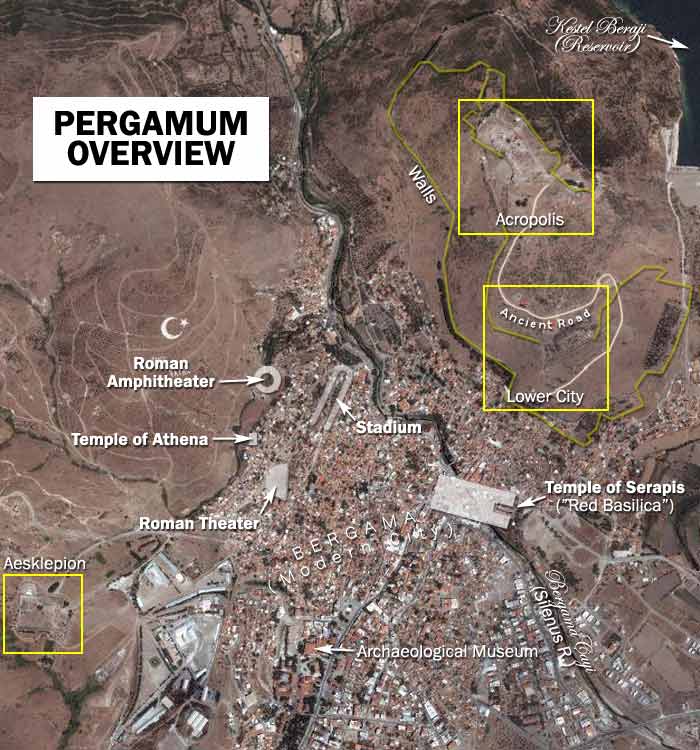
Source: http://deeperstudy.com/link/pergamum_overview.html
What is the meaning of Satan’s throne? There are at least five
interpretations:
• Pergamum was a center of pagan religion.
• To a traveler coming from the east, the acropolis had the appearance of a
throne.
• The altar of Zeus Sōtēr seemed to be a throne.
• Asclepius Sōtēr was identified with the serpent.
• Pergamum was the center of emperor worship.
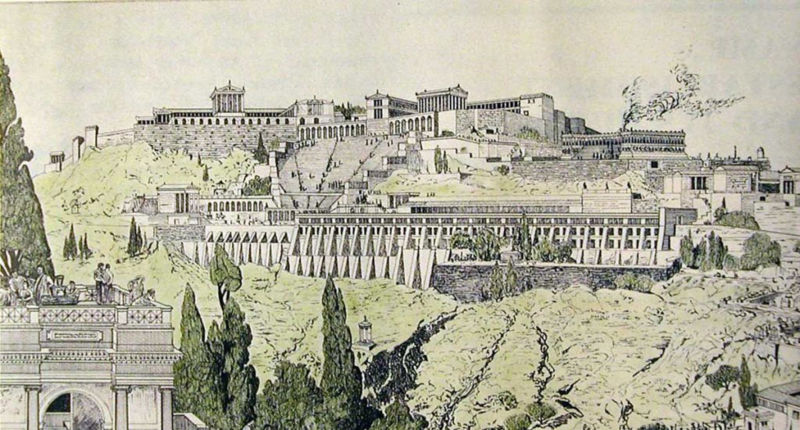
a reconstruction of ancient Pergamum drawn by architectural historian Richard Bohn c.1888
The reference to “Satan’s throne” may also have been brought to
mind because of the conical hill behind Pergamum which was the site of many
temples, prominent among which was the throne-like altar of Zeus, which itself
would have been sufficient to arouse the thought of the devil’s throne. 13:2
says that Satan gave the “beast” “his throne and great authority” (cf. 16:10);
thus Satan works through the ungodly, earthly political power in Pergamum to
persecute God’s people (see on 13:1ff.).
[Beale, G. K. (1999). The book of Revelation: A commentary on the Greek text.
New International Greek Testament Commentary (246). Grand Rapids, MI; Carlisle,
Cumbria: W.B. Eerdmans; Paternoster Press.]
The archaeological site visit to Pergamum should include these four areas: (1) Acropolis, (2) Asciepeion, (3) Bergama Archaeological Museum, and the Red Hall. These are all in different sites. Unfortunately in this visit (2013) I was only able to see the Acropolis and the Red Hall.
The Red Hall (Serapeum)
This was a Roman temple dedicated to the syncretic Egyptian deity, Serapis, god of the underworld. Built during the reign of Emperor Hadrian, this was the largest Roman temple and the only one evr made of bricks in Asia Minor.
photogallery (click on photos to enlarge)
The Acropolis
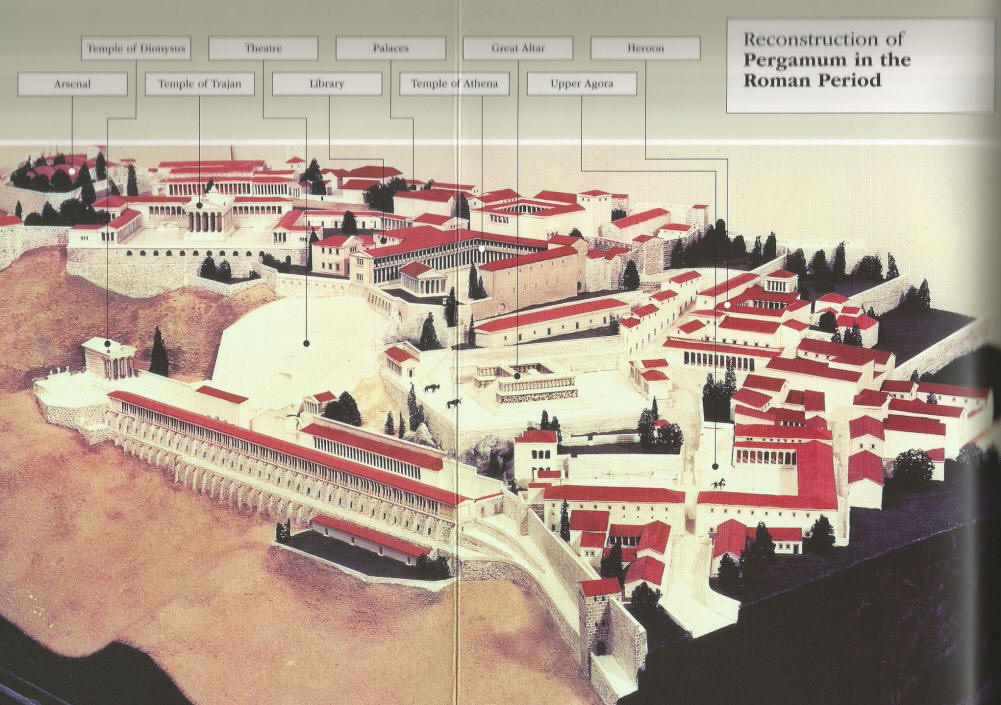
Evin Egeli McCain and Alan McCain. (2011). Pergamum. London: Scala Publishers
photogallery (click on photos to enlarge)
25 May 2013
Sermon on Lessons from Pergamum
